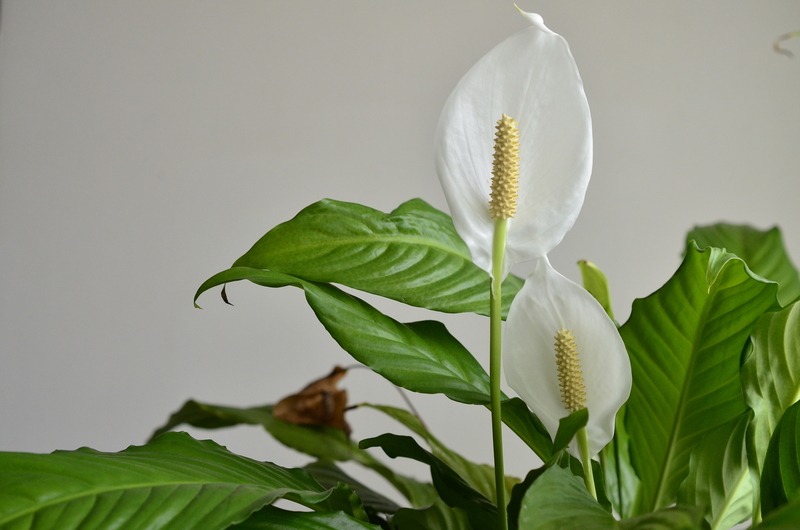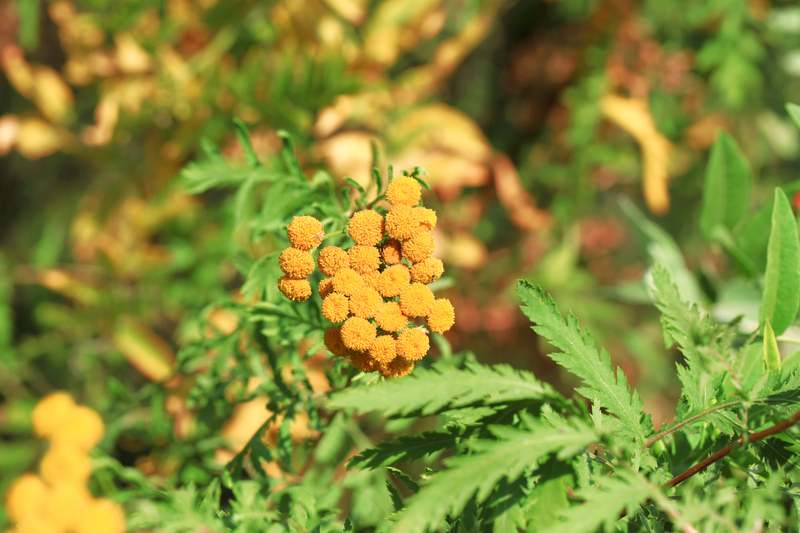Mastering Lawn Maintenance
Posted on 25/02/2025
Keeping a lush, green lawn isn't just about aesthetics; it's about preserving your outdoor space's health and functionality. Whether you're a seasoned gardener or just starting, mastering lawn maintenance can seem like a daunting task. However, with proper techniques and a bit of diligence, your lawn can become a source of pride for your home.
Understanding Your Lawn
Every lawn is unique due to differences in soil types, grass species, climate conditions, and more. Understanding your lawn's specific needs is the first step in successful maintenance. Conducting a simple soil test can give insight into pH levels and nutrient deficiencies, helping you tailor your care plan.

Essential Lawn Care Tools
Equipping yourself with the right tools makes lawn maintenance much easier. Essential tools include:
- Lawn mower
- Rake
- Aerator
- Spreader
- Edger
Investing in quality tools will save time and effort. Regularly cleaning and servicing your equipment ensures longevity and optimal performance.
Mowing Techniques and Best Practices
Mowing is more than pushing a mower over the grass. Follow these best practices for a healthier lawn:
- Mow Regularly: Keeping a consistent schedule prevents stress on the grass.
- Correct Height: Don't cut more than one-third of the grass blade at a time to avoid scalping.
- Sharp Blades: Ensure mower blades are sharp for clean cuts, reducing the risk of disease.
Alternate your mowing pattern to prevent soil compaction and wear patterns.
Watering Wisely
Proper watering is crucial for a vibrant lawn. Overwatering can lead to shallow roots and disease, while underwatering starves the grass of necessary moisture.
- Early Morning Watering: Watering early allows the grass to dry during the day, reducing disease risk.
- Deep and Infrequent: Water deeply but less frequently to encourage deep root growth. Aim for 1-1.5 inches of water per week.
Understanding your lawn's specific water needs based on climate and soil type can fine-tune your watering practices.
Fertilizing and Soil Nutrition
A balanced diet of nutrients is critical for lawn health. Use slow-release fertilizers that provide nutrients over time. Follow these tips:
- Spring and Fall Applications: These are prime times for fertilizer application.
- Test Soil: Before application, test the soil to determine nutrient needs.
- Follow Instructions: Over-fertilization can burn your lawn and harm the environment. Adhere to product guidelines.
Pest and Weed Control
Maintaining a healthy lawn also means managing pests and weeds:
- Identify Pests: Knowing which pests are present helps choose the right control methods.
- Natural Remedies: Explore environmentally friendly pest controls, such as beneficial insects.
- Regular Weeding: Hand-weeding and using pre-emergent herbicides prevent weed problems before they start.
Aeration and Dethatching
Aeration and dethatching play crucial roles in lawn health by improving air, water, and nutrient penetration:
- Aeration: An annual or bi-annual task, aeration reduces soil compaction and enhances root growth. Use a core aerator for the best results.
- Dethatching: Thatch is a layer of organic debris. Excessive thatch blocks nutrients and water. Use a dethatching rake to remove it.
Seasonal Lawn Care
Each season presents unique challenges and opportunities:
- Spring: Repair winter damage, fertilize, and reseed thin areas.
- Summer: Focus on irrigation, mowing, and managing heat stress.
- Fall: Aerate, overseed, and fertilize to prepare for winter.
- Winter: Keep the lawn clear of debris and avoid excessive foot traffic.
Pros and Cons of Lawn Maintenance
Pros:
- Improved home aesthetics
- Increased property value
- Enhanced outdoor usability
- Positive environmental impact (when done correctly)
Cons:
- Time-consuming
- Financial investment in tools and supplies
- Requires consistent effort and diligence
Tips for Efficient Lawn Maintenance
1. Plan and Schedule: Creating a lawn care calendar ensures timely maintenance.
2. Stay Educated: Continually learn about the best practices for your specific grass type and climate.
3. Use Professional Services: When necessary, enlisting a professional can save time and provide expert results.
4. Organic Options: Consider organic fertilizers and pest controls to minimize environmental impact.
5. Mulch Mowing: Leave grass clippings on the lawn as they decompose, adding nutrients back into the soil.

Takeaways
Mastering lawn maintenance involves understanding your lawn's specific needs, using the right tools, and following best practices for mowing, watering, fertilizing, and more. Regular care and attention will result in a healthy, resilient lawn that adds beauty and value to your property.
Conclusion
Achieving a picture-perfect lawn requires effort, but the rewards are worth it. By understanding and implementing the appropriate maintenance routines and using efficient tools, you can enjoy a lush, beautiful lawn year-round. Remember, a well-maintained lawn is not just about appearance; it's about the satisfaction of creating a vibrant, living space for your home.







